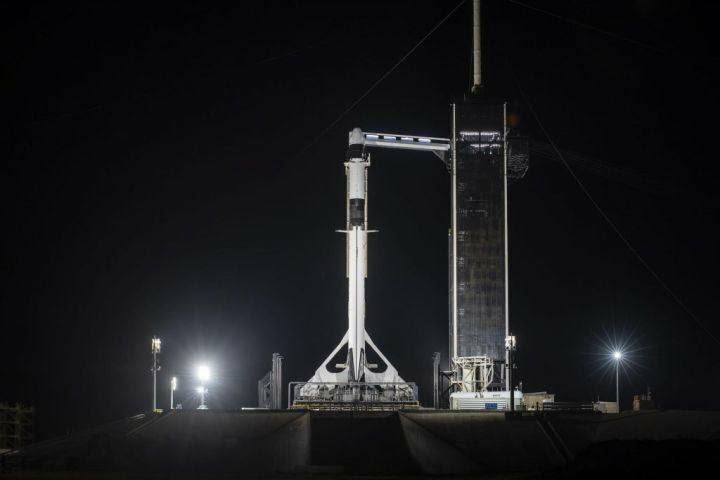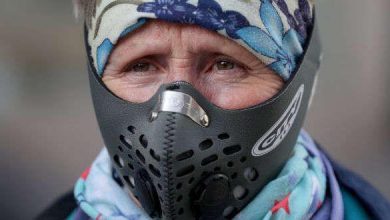
CAPE CANAVERAL, Fla. — SpaceX has fired up the rocket that will ferry its next cargo shipment to the International Space Station in the wee hours of Saturday morning.
The private spaceflight company conducted a static-fire test of its Falcon 9 rocket at Pad 39A here at NASA’s Kennedy Space Center late Wednesday (Aug. 26).
The test is one of the last major milestones ahead of a planned predawn launch on Saturday (Aug. 28). Liftoff is set for 3:37 a.m. EDT (0737 GMT).
The routine preflight test kicked off the countdown to the company’s second resupply mission of the year. Perched atop the Falcon 9 is a Cargo Dragon spacecraft chock full of supplies, including research experiments for the Expedition 65 crew.
The test occurred late into the evening on Wednesday.
Smoke and fire billowed briefly as the rocket’s nine Merlin 1D engines were lit. The brief ignition, known as a static fire test, is a standard part of prelaunch procedures and one of the last major milestones before liftoff.
During the test, the Falcon 9 is held down on the pad while its nine first-stage engines are briefly fired. This allows crews to ensure that all systems are working properly and that the rocket is ready to fly.
Shortly after the test, SpaceX tweeted that the static fire test was a success and that the company planned to launch on Saturday as scheduled.
The flight marks SpaceX’s 21st mission of the year and breaks a nearly 8-week-long launch hiatus at the Cape.
The rocket’s first stage is expected to land on SpaceX’s newest drone ships, “A Shortfall of Gravitas.” Following a successful liftoff, the cargo capsule will spend just over 24-hours trailing the space station before docking with the orbital outpost Sunday morning (Aug. 29) at 11 a.m. EDT (1500 GMT).
With the Dragon capsule perched atop the rocket, the duo rolled out of the hangar and onto the launch pad at Complex 39A on Tuesday evening (Aug. 24). Standing 215 feet (65 meters) tall, the pair was lifted upright later that afternoon.
Secured to the launch pad, teams were working late Wednesday evening, loading the rocket with super-chilled propellants — kerosene and liquid oxygen — before briefly igniting the first stage’s nine Merlin 1D engines.
The engines briefly fired at 9 p.m. EDT (0100 GMT), generating 1.7 million pounds of thrust while the booster remained firmly on the ground.
Engineers reviewed the data before confirming they would proceed with the Falcon 9’s planned launch attempt Thursday morning.
The static fire test comes on the heels of a nearly two-month-long launch hiatus at Cape Canaveral.
The last SpaceX launch to get off the ground was the Transporter-2 mission on June 30, an unusually long gap for the company. The lull is mostly attributed to the fact that SpaceX has been upgrading its Starlink internet satellites.
The company completed development of new laser link terminals for its broadband satellites. The new feature will allow the satellites to communicate with each other, via broadband, while in orbit.
Boeing’s Starliner spacecraft was scheduled to blast off on July 30; however, that launch was delayed indefinitely due to a valve issue.
Engineers are working to unstick four valves in the spacecraft’s propulsion system, a task which forced the vehicle back to the factory.
Officials at the 45th Space Delta predict a 50% chance of favorable conditions for launch. Forecasters are keeping a close eye on cumulus clouds, thick clouds and potential flight through precipitation. There is a backup launch attempt on Sunday morning, if needed.
Following a successful liftoff on Saturday morning, SpaceX plans to land its first-stage booster on a floating platform at sea, which if successful, would mark the 90th booster recovery.





